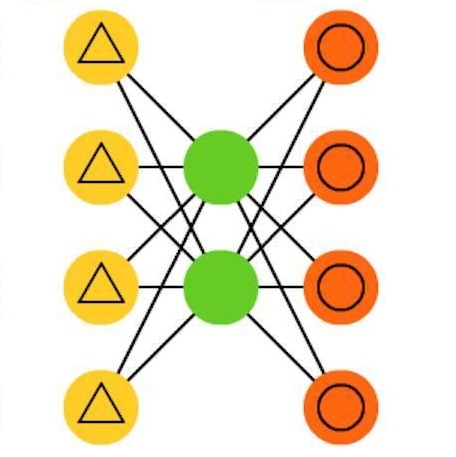A numerical method ADER-DG with a local DG predictor for solving a DAE system has been developed, which was based on the formulation of ADER-DG methods using a local DG predictor for solving ODE and PDE systems. The basis functions were chosen in the form of Lagrange interpolation polynomials with nodal points at the roots of the Radau polynomials, which differs from the classical formulations of the ADER-DG method, where it is customary to use the roots of Legendre polynomials. It was shown that the use of this basis leads to A-stability and L1-stability in the case of using the DAE solver as ODE solver. The numerical method ADER-DG allows one to obtain a highly accurate numerical solution even on very coarse grids, with a step greater than the main characteristic scale of solution variation. The local discrete time solution can be used as a numerical solution of the DAE system between grid nodes, thereby providing subgrid resolution even in the case of very coarse grids. The classical test examples were solved by developed numerical method ADER-DG. With increasing index of the DAE system, a decrease in the empirical convergence orders p is observed. An unexpected result was obtained in the numerical solution of the stiff DAE system -- the empirical convergence orders of the numerical solution obtained using the developed method turned out to be significantly higher than the values expected for this method in the case of stiff problems. It turns out that the use of Lagrange interpolation polynomials with nodal points at the roots of the Radau polynomials is much better suited for solving stiff problems. Estimates showed that the computational costs of the ADER-DG method are approximately comparable to the computational costs of implicit Runge-Kutta methods used to solve DAE systems. Methods were proposed to reduce the computational costs of the ADER-DG method.
翻译:暂无翻译



